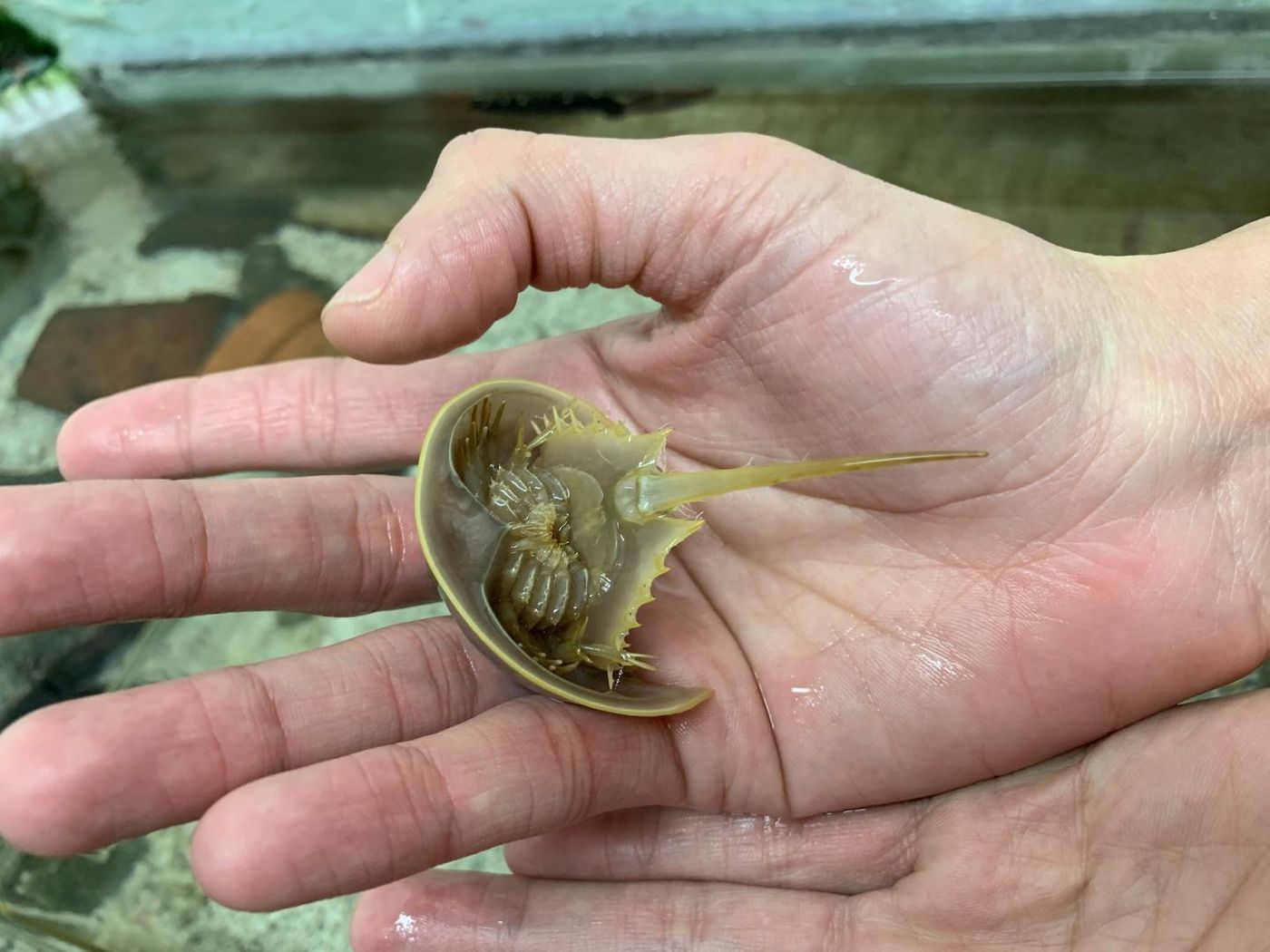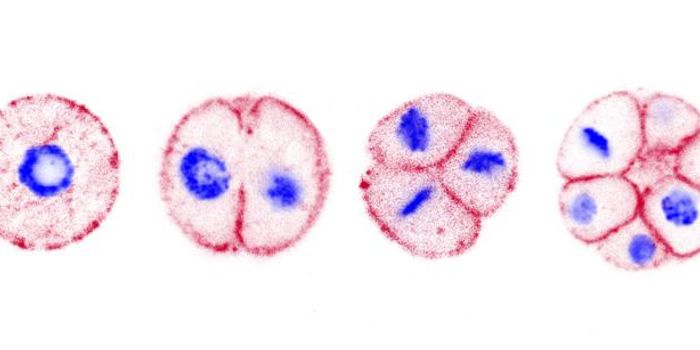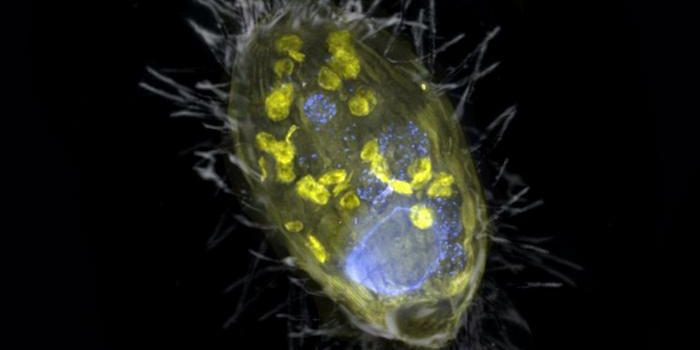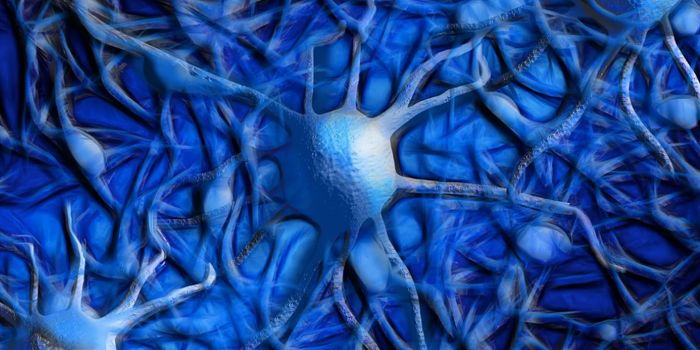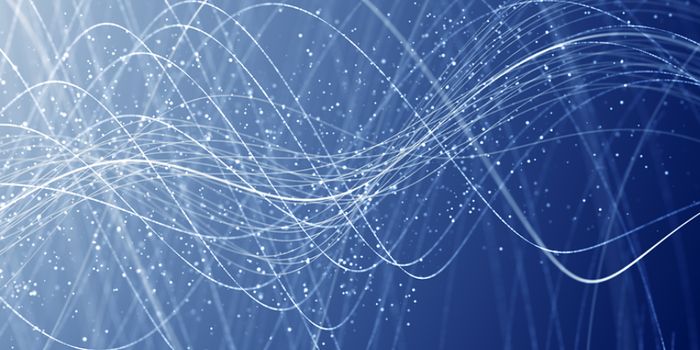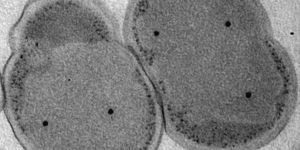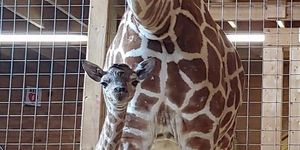Horseshoe Crabs are Relatives of Scorpions and Spiders
Horseshoe crabs are unusual looking creatures. While they were once thought to be related to sand crabs, they were put in the arachnid group by evolutionary biologist E. Ray Lankester in 1881. There was some doubt about that placement, however. New work by researchers at the University of Wisconsin-Madison that analyzed genetic data in various ways has now confirmed with a high degree of certainty that horseshoe crabs belong in the arachnid group. These findings were reported in Systematic Biology.
“By showing that horseshoe crabs are part of the arachnid radiation, instead of a lineage closely related to but independent of arachnids, all previous hypotheses on the evolution of arachnids need to be revised," noted Jesús Ballesteros, a postdoctoral researcher in Prashant Sharma's lab. "It's a major shift in our understanding of arthropod evolution."
Along with insects and crustaceans, arachnids are in the arthropod group which includes more than a million species. They live on land, in the sea and sky and could be the most successful animals on Earth.
It’s been difficult to place horseshoe crabs within this group correctly. They have a hard shell like a crab and are the only marine animals that use book gills to breathe. Their genome indicates their close relatives are mites, ticks, scorpions, and spiders. But, "scientists assumed it was an error, that there was a problem with the data," explained Ballesteros.
There are four species of horseshoe crab today, while they first appeared around 450 million years ago; they've made it through mass extinction events. Their age is one problem in tracing their evolution. Fossil record evidence and genetic studies suggest that millions of years ago, evolution was happening rapidly in some species, like the horseshoe crab, making relationships between those species difficult to decipher.
"One of the most challenging aspects of building the tree of life is differentiating old radiations, these ancient bursts of speciation," explained Sharma, a professor of integrative biology. "It is difficult to resolve without large amounts of genetic data."
Ballesteros looked at three of four of today’s horseshoe crab genomes, and fifty other species of arthropods including centipedes and water fleas. No matter how the analysis was conducted, the horseshoe crab genes sat in the arachnid family tree.
Horseshoe crabs stayed in the water while other arachnids moved to land, and why that happened is an open question. A common ancestor may have evolved in water, and some groups moved ashore, or the common ancestor evolved on land, and the horseshoe crabs returned to the ocean.
“What the study concludes is that the conquest of the land by arachnids is more complex than a single tradition event,” said Ballesteros.
“The big question we are after is the history of terrestrialization,” added Sharma.
Learn more about horseshoe crabs and why humans harvest their blood from the video.
Sources: AAAS/Eurekalert! Via University of Wisconsin-Madison, Systematic Biology
